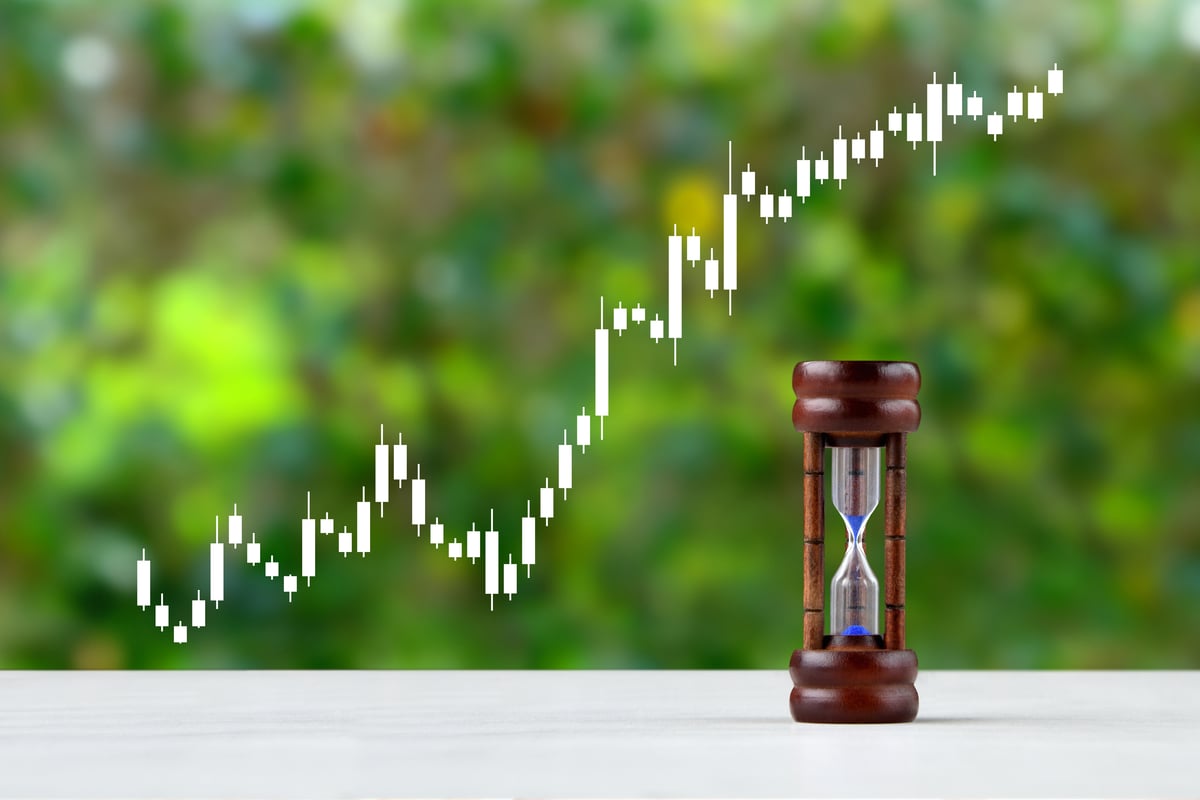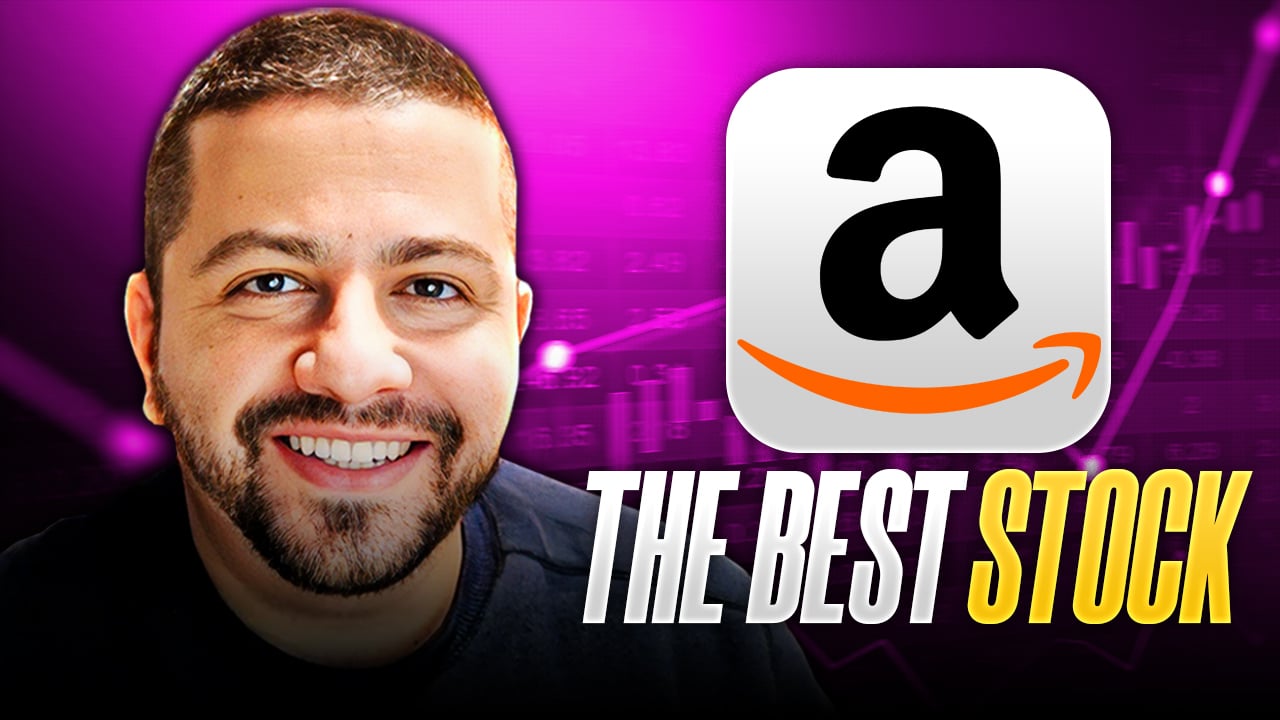Wall Street isn't so easy to please.
Amazon.com (AMZN 1.61%), one of the best-performing stocks over the last generation, just posted its fastest sales growth in a year, but the stock was for a time down nearly 7% in after-hours trading Thursday.
The tech giant's profits fell for the first time in two years as earnings per share slipped from $5.75 to $4.23, missing estimates at $4.62. Revenue, on the other hand, rose 24% to $70 billion, topping estimates at $68.8 billion. Fourth-quarter guidance was light, though Amazon's forecast range is so wide that it's almost meaningless.
The profit miss metric seemed to be the biggest disappointment here. The decision earlier this year to accelerate the standard Prime shipping speed from two days to one is taking its toll on the bottom line. The company's shipping costs jumped 46% to $9.6 billion, and operating income in its North American e-commerce segment fell 37% to $1.3 billion in spite of a 24% jump in sales. Profit growth in Amazon Web Services (AWS), its cloud-computing division, also slowed due to investments, increasing 8% against a 35% rise in segment revenue.
But one-day shipping is clearly paying off in other ways. Besides the acceleration in North American e-commerce revenue, the source of the majority of the company's revenue, its direct online sales soared in the quarter.

Image source: Amazon.
Sales from what Amazon calls online stores, which are sales directly from Amazon as opposed to third-party sellers on its marketplace, jumped 21% to $35 billion, its fastest growth rate in two years. That may be the best evidence that one-day Prime shipping has been a big winner with customers. Direct sales have seen the biggest impact from the move because they are more sensitive to Prime shipping speed and not all third-party sellers ship with Prime.
CEO Jeff Bezos said of one-day shipping: "Customers love the transition of Prime from two days to one day -- they've already ordered billions of items with free one-day delivery this year. It's a big investment, and it's the right long-term decision for customers."
Investing for the long term
Since Bezos founded the company 25 years ago, he has promised to invest for the long term. Often, Wall Street has been skeptical of that approach, choosing to sell the stock when the company goes through investment cycles like this one that weigh on the bottom line. But it's foolish to doubt Amazon's strategy here.
The Prime membership program and its longtime promise of two-day free shipping has been perhaps Amazon's best idea, locking in customers with an offer that competitors have struggled to match. But recently, rivals like Walmart, Target, and Costco have begun offering free two-day shipping, with caveats, and have seen strong e-commerce growth. Therefore, Amazon's decision to accelerate its free shipping promise to just one day is the best way to maintain its lead in e-commerce and set the pace.
On the earnings call, CFO Brian Olsavsky said one-day shipping would cost the company $1.5 billion in the fourth quarter in additional transportation and shipping costs, but that investment should help it win increased business during the holidays when fast shipping is key, and the move strengthens one of its main competitive advantages.
Amazon is on track to add about $50 billion in revenue this year. It will soon be the second-biggest company in the country by revenue, behind only Walmart. In spite of that, Amazon has continued to deliver sales growth in the range of 20% each year, and moves like one-day shipping propel that growth.
Selling the stock because one-day shipping puts a temporary dent in profits is a fundamental misunderstanding of the company and its highly successful strategy of investing for the long term. The stock hit its lowest point in more than seven months on the report. Given the sales growth the company should continue to see from one-day shipping, the sell-off looks like an excellent buying opportunity for investors looking to get a piece of the stock.






